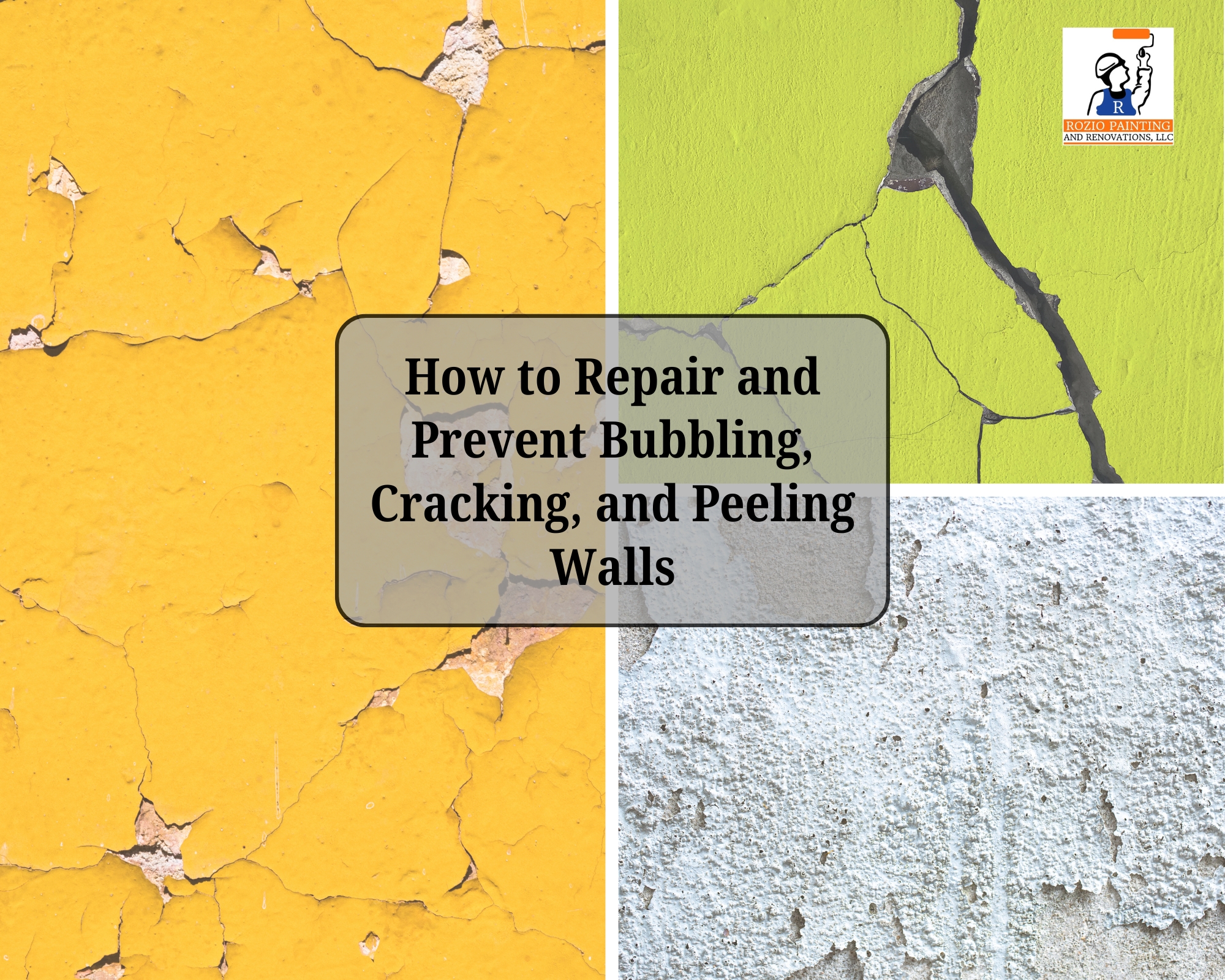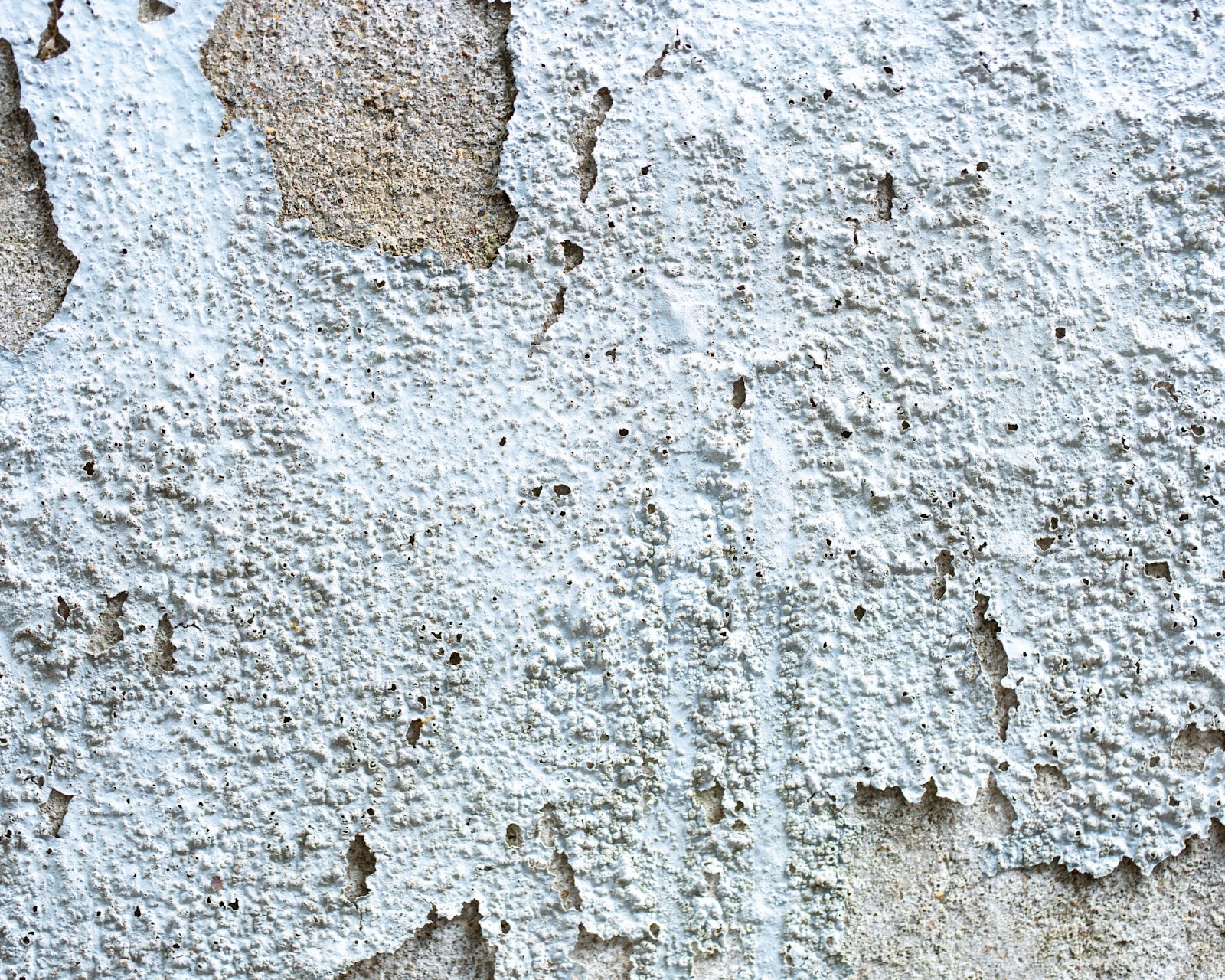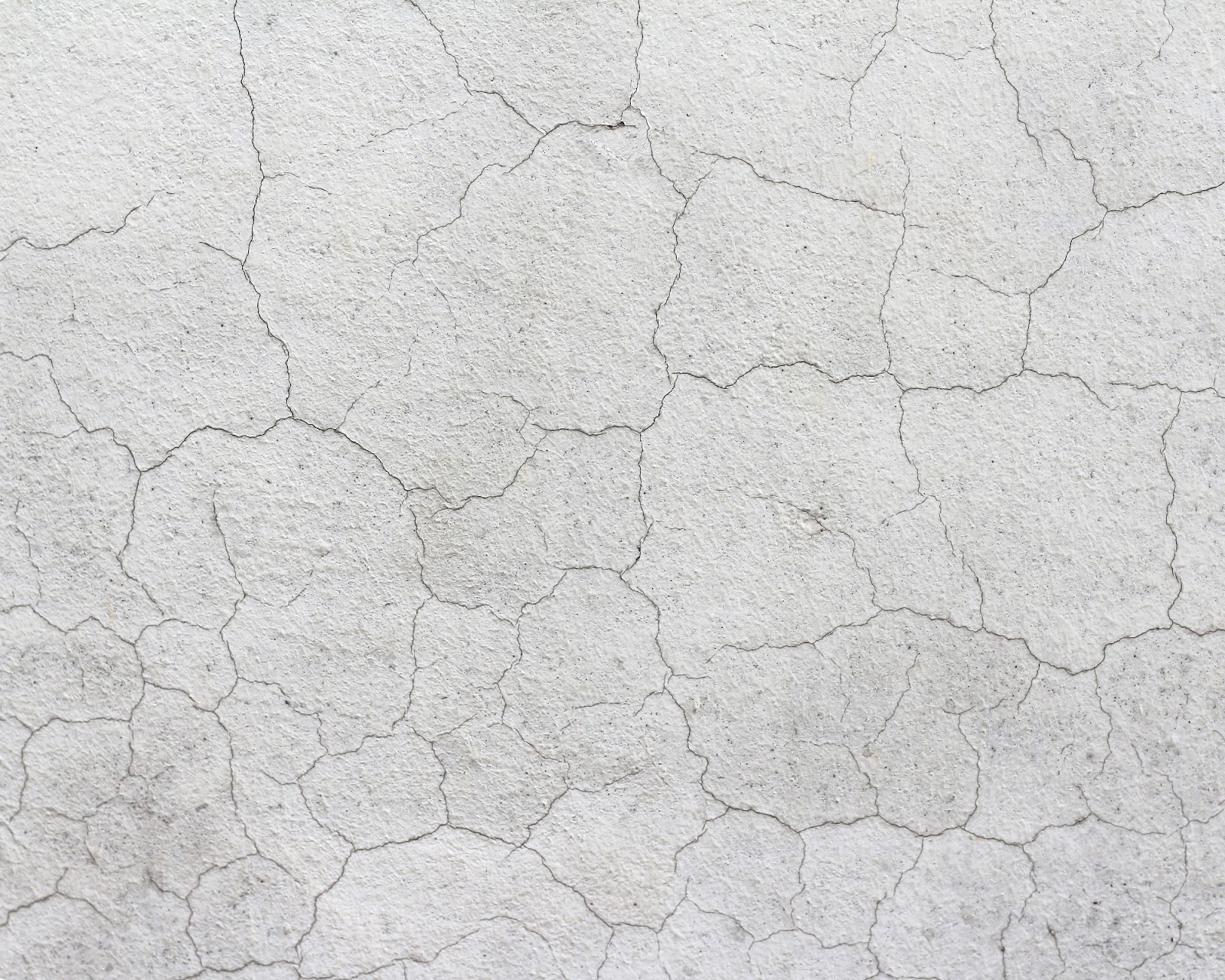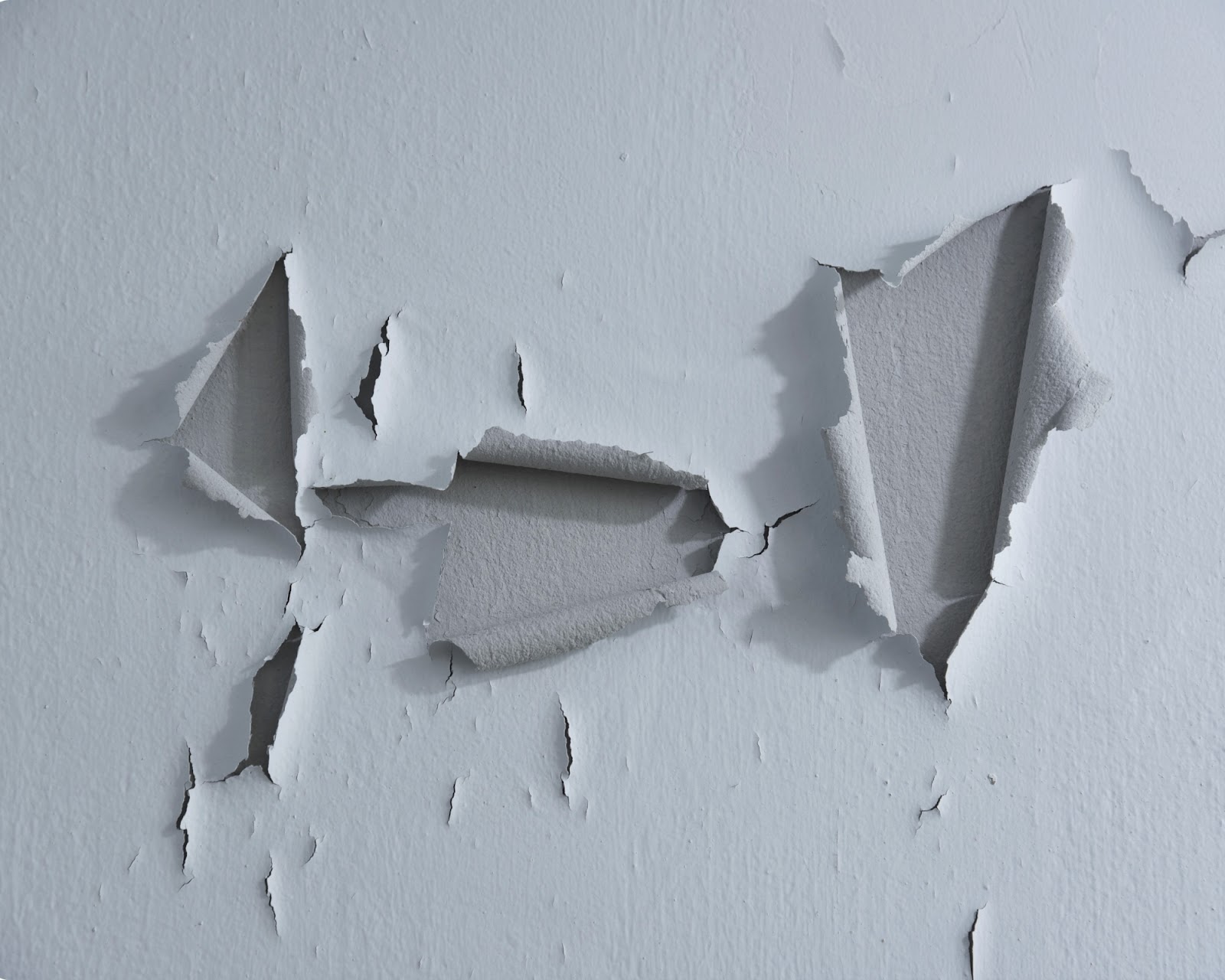
Have you ever taken a look at a freshly painted wall? At first, it seems smooth and brand new. But after a while, you might notice bubbles, cracks, or even spots where the paint is peeling off, which really ruins the look. It can turn a lovely living area into an eyesore in no time. When you notice peeling or flaking paint on your walls and ceilings, it often indicates deeper issues. Addressing the issue quickly can help you avoid costly repairs and extend the life of your paint job. Let’s examine the typical causes of paint peeling and discuss ways to enhance the durability of a painting project. Hiring the best painting contractors in Connecticut can assist in averting these problems now and in the future.
UNDERSTANDING AND FIXING COMMON PAINT FAILURES: BUBBLING, CRACKING, AND PEELING
Bubbling of paint on walls
Cracking usually signals the beginning of paint failure, while peeling is the final stage in which paint detaches completely. Environmental factors like extreme temperatures and direct sunlight also accelerate deterioration. Utilizing contaminated or old paint, applying paint excessively thick, or painting under adverse weather conditions are frequent causes. To prevent these issues, it is important to thoroughly clean and dry the surface, utilize high-quality and compatible paint, and apply a dependable primer. If bubbles continue to form, the affected area should be scraped and sanded to a smooth finish, then primed and repainted with durable, long-lasting materials.

Cracking paint
Paint cracking affects both the appearance and protection of walls and is often caused by poor surface preparation, low-quality or old paint, improper application, or incompatible paint layers. Additionally, environmental conditions such as fluctuations in humidity and temperature can contribute to the formation of cracks. Once these cracks appear, they permit moisture to infiltrate, leading to further deterioration. To address this issue, remove any loose paint and fill the cracks with putty or caulk. Then, sand the surface to a smooth finish, apply an appropriate primer, and complete the process with a high-quality topcoat using correct painting methods.

Peeling paint on walls
Peeling paint is a serious issue that often indicates widespread damage and requires immediate attention. It typically results from moisture, poor surface preparation, incompatible paint layers, or environmental factors like extreme temperatures and sunlight. Common causes include high humidity, dirty surfaces, expired or low-quality paint, and improper application techniques. To fix peeling paint, start by scraping off the loose areas, sanding the surface smooth, cleaning and drying it thoroughly, and then applying a suitable primer followed by high-quality paint. Proper preparation and the use of the right materials are key to preventing future peeling and ensuring a long-lasting finish.

Conclusion
By understanding the causes and following the right repair methods, you can restore your walls and prevent these issues from recurring. Whether you're tackling the job yourself or hiring a professional, always prioritize proper surface prep, quality products, and appropriate application techniques to ensure your paint job stays smooth and durable for years to come. For paint failure solutions, consult commercial painters in CT to ensure accurate diagnosis and long-lasting results.